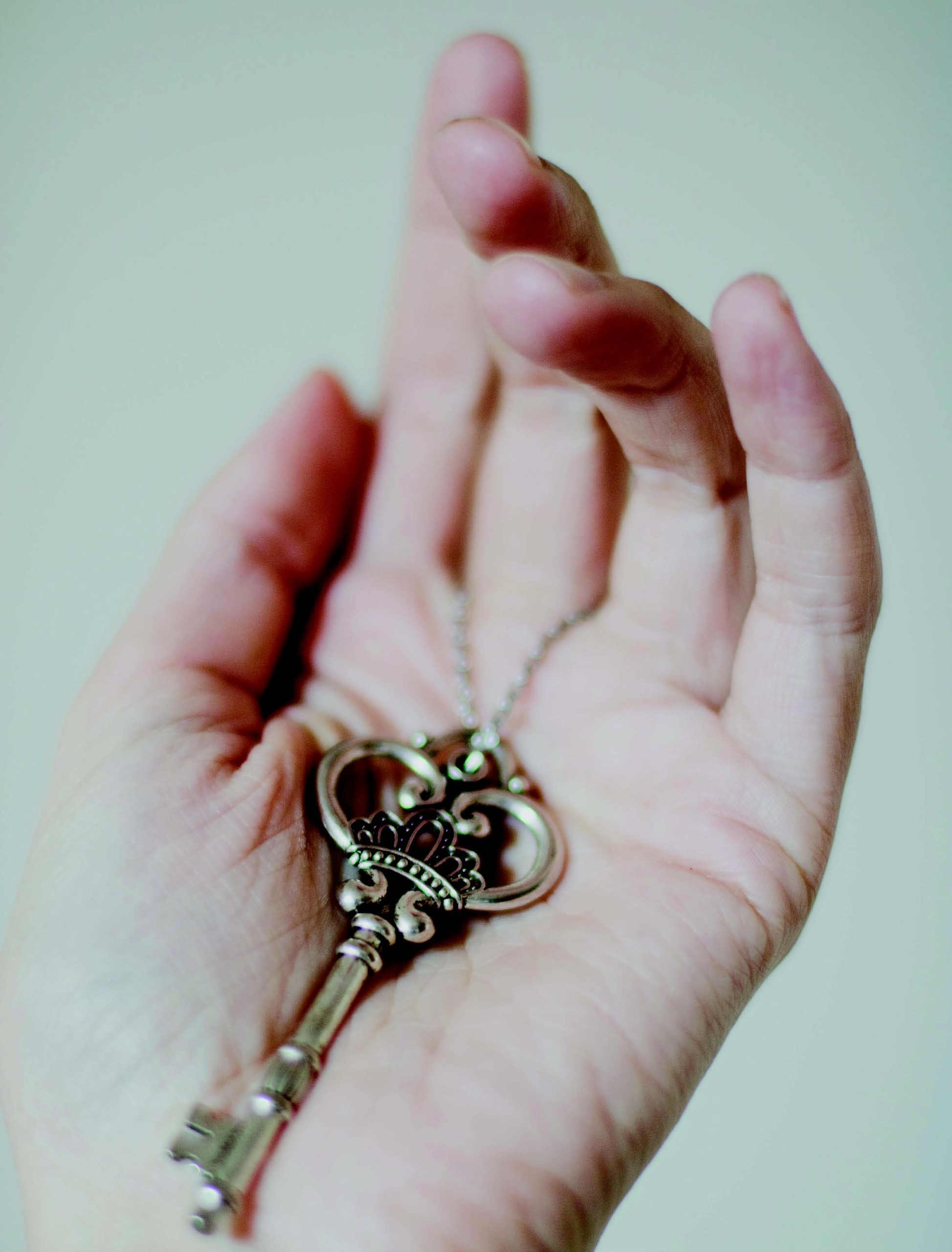By: K Crystal Griffith Staff contributing writer & Subscriber
369 days until adulthood … the ultimate transition … 18. Remember when you turned 18? The excitement of being an adult, the expectations of all that came with that magical number, the hope of what was coming. My amazing treasure is counting down the days … constantly!
And yet for many Medical Mom Warriors, that transition holds the unexpected. Children who are medically complex don’t usually transition in the normal fashion, hit the standard milestones, or take to changes well. So how can we best support them in transitions, the minor and the major ones.
First Key, take care of YOU!
As a Medical Mom Warrior, you are on call full-time, adjusting and surrendering expectations of what was going to be, and often find yourself wondering what the future holds for our treasures. It’s imperative as caregivers we find ways that are on the go to care for our mental, physical, and spiritual health.
One of my easy tools in my Holistic Toolkit includes the Tapping Solution App, teaching how to use the places on your body to your advantage to reduce pain, increase energy, and drift to sleep even faster. It has two options, free and paid. The free version alone offers multiple resources start with the free version!
Another is the Bible App. For me, reading a quick devotional or finding the comic version to share with my visually stimulated kiddo helps keep both of us calm. It also offers an audio version and some of the voices reading the words are quite soothing.
Second Key, take care of your TREASURE!
Helping your child walk through a transition, such as attending school after summer break or even encountering a new doctor, support is the utmost importance. Everyone has basically two brains, an upstairs brain is in the frontal lobe, where all of the executive processing happens. When the upstairs brain is activated, there is emotional regulation, logical thought, rational choices. But there is another brain, the downstairs brain. The downstairs brain tends to be the amygdala taking the frontal lobe or upstairs brain hostage. Once that happens, the person is in fight, flight, freeze, faint response and becomes emotional dysregulated quickly, hence the meltdowns.
So how can we help move them from downstairs brain back to upstairs brain, to get re-regulated quickly? Each child, and adult for that matter, has certain tools that help them re-regulate. Perhaps it’s eating some protein, headphones to block noise, music, dancing, reading, drawing, taking a walk, rhythmic noises, a bath, etc.. I would suggest having this list that works for your child in your phone, which you typically have on you now-adays. In the moment, it’s hard to think through those tools.
Third Key, take care of the ENVIRONMENT!
You are regulated and we hope your treasure is regulated, with everyone in upstairs brain. And yet, the environment can throw you curve balls and dysregulate everyone in the middle of transition! It’s key for YOU to stay regulated and not head to downstairs brain when the treasure may already be in response to the transition. So how on earth do you control the environment, especially when it’s out of your control and feeling out of control to your treasure? Create or bring the environment that works for your child. Our medically complex kiddos are often overwhelmed by all that is going on around them and towards them. Using those some of the same tools from #2 key, you can keep your child regulated no matter the environment.
What tools help your child create the safest environment for them? Keep in mind to protect all 5 senses as much as possible: touch, sight, hearing, smell and taste.
Don’t forget their favorite lovey, snacks, movies, songs, headphones, and other distracting tools to keep them focused on the environment you create for them where you will be. We actually have a appointment kit and an ED bag ready to go at all times.
To offer a safer, anxiety less environment, did you know even emergency departments are now carrying weighted blankets? There are also Child Life Specialists who will also visit with your child during an ED visit and at larger hospitals even for appointments. They can bring drawing supplies, games, cards, ipads, blankets, stuffies, communication boards, and more, dependent on the location. No matter the age, everyone wants to feel safe, know they are seen and heard. Transitions are not easy on anyone and the best we can do is use these tools to our advantage to keep everyone in upstairs brain. Take care of you, your treasure and the environment!
Want to learn more about upstairs and downstairs brain? Google Dr. Karyn Purvis and TBRI: Trust Based Relational Intervention. Medical Mom Warriors must stick together for sanity, medical life hacks, and connections while we walk a journey we never expected, with those we wouldn’t trade for the world. Until next time, stay healthy!


